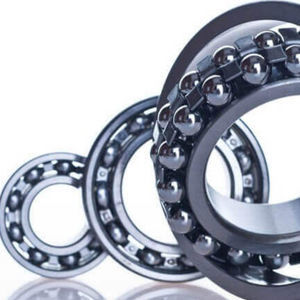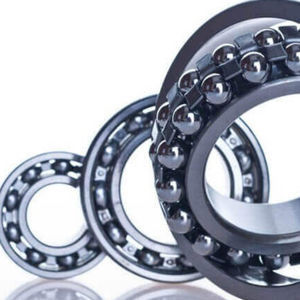
Carbon steel annealing medicalautomotivemilitary
Add to favorites
Compare this product
Characteristics
- Treated material
- carbon steel
- Applications
- for the aerospace industry, automotive, for the maritime sector, for railway, military, for the nuclear industry, for renewable energy, for the food industry, for aeronautics, for the construction industry, medical, agriculture, chemistry, for telecommunications
- Certifications
- OHSAS 18001, ISO 14001, ISO 9001, ISO/TS 16949
Description
Sub-critical annealing (or sub-critical treatment) is annealing carried out slightly below the eutectoid temperature (Ac1 point = eutectoid transformation (723°C for carbon-steels)). Sub-critical annealing does not involve the formation of austenite, while intercritical annealing involves the formation of ferrite and austenite (< 0.8%C carbon-steels).
Benefits of Sub-critical annealing
The aim of the soft annealing process is to form an even distribution of spheroidal carbides in the steel, which will make the material softer and tougher. Normally, increasing the size of the spheroids will increase the steel’s machinability.
Application & materials
Spheroidised structure (globular carbides in a ferrite matrix) on carbon steels improves the cold formability of steels and permits severe deformation like cold drawing or deep drawing. But, a spheroidised structure of carbon-steels (< 0.4%C) is not always adapted for certain machining operations because the material is too soft and can stick on the cutting tools.
Sub-critical annealing Process details
Sub-critical and intercritical annealing are different methods of producing spheroidal carbides.
-Sub-critical annealing
-Spheroidal carbides can be obtained by either heating to a lower temperature for a longer period of time or using a higher temperature for a shorter time. Sub-critical annealing is based on the former (low temperature for a longer time), using temperatures as close as possible to, but below, the Ac1 temperature.
Catalogs
No catalogs are available for this product.
See all of Bodycote‘s catalogsRelated Searches
- Anodic oxidation
- Aluminum anodic oxidation
- Large series anodic oxidation
- Small series anodic oxidation
- ISO 9001 anodic oxidation
- Medium series anodizing
- Automotive anodic oxidation
- Hardening
- Medical anodizing
- Metal hardening
- ISO 9001 hardening
- ISO 14001 anodizing
- Large series hardening
- Medium series hardening
- Automotive hardening
- Small series hardening
- Steel hardening
- ISO 14001 hardening
- Hardening for the food industry
- Railway hardening
*Prices are pre-tax. They exclude delivery charges and customs duties and do not include additional charges for installation or activation options. Prices are indicative only and may vary by country, with changes to the cost of raw materials and exchange rates.




























